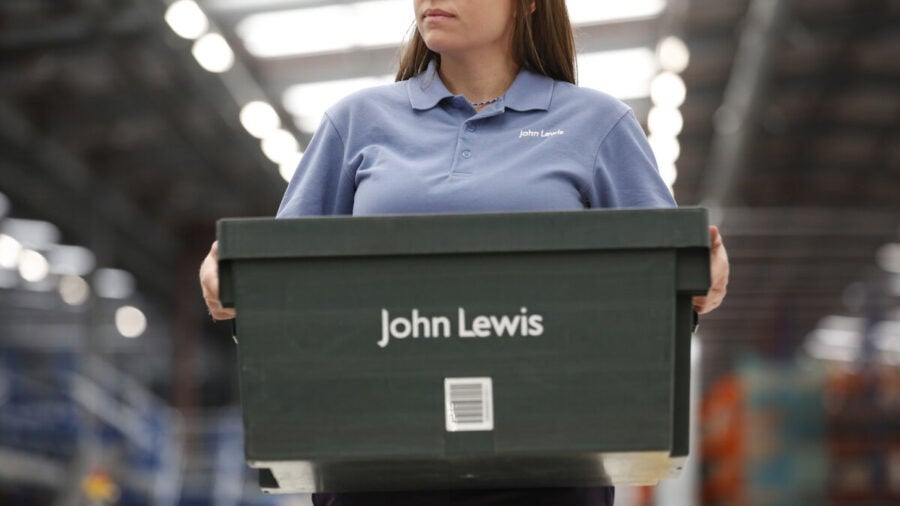
Engagement is pivotal to employees’ performance and productivity, yet it’s a rare commodity, particularly in the UK. Only 9% of employees here feel enthused by their work, compared with the already paltry Europe-wide average of 14%, according to the latest research by Gallup. Could a business with a disengaged workforce solve the problem by converting itself into an employee-owned (EO) enterprise?
The EO business sector has doubled in size over the past two years in the UK, according to the Employee Ownership Association, which reports that 1,030 such companies existed in June. Prominent examples include the John Lewis Partnership and home entertainment retailer Richer Sounds. They are wholly or significantly owned by their staff, usually facilitated by an employee ownership trust (EOT). This is a tax-efficient model that the government created in 2014 in light of Sharing Success, an independent review conducted by Graeme Nuttall, which had declared employee ownership to be “a great idea”.
Great experiences involve meaning, mastery, appreciation and autonomy, all of which tend to be more present in employee-owned companies
Having a tangible stake can significantly change employees’ attitudes towards their organisation. Instead of feeling detached from the centre of strategic decision-making and subject to directions from a board comprising people they’re unlikely to know, they become more engaged. They start to see a clear link between their day-to-day work and the performance of the business. Employee owners also stand to make significant financial gains over the long term if the business prospers, which leads to a greater feeling of responsibility for the company overall.
Emma Bridger, the founder and MD of consultancy People Lab, has been an employee engagement specialist for more than 20 years. From her work in the field, she has concluded that “what drives engagement is a great employee experience. Great experiences involve meaning, mastery, appreciation and autonomy, all of which tend to be more present in EO companies. We are more engaged at work when we can be personally involved in the success of the firm we work for. This is more evident in EO companies, which gives them a tangible competitive edge.”
Employee-owned from the outset
Some businesses start out as EO concerns. One such firm is international insurer Howden Group Holdings. Founded in 1994 by CEO David Howden, it has grown to become the country’s fifth-largest EO company. It has 12,000 employees around the world, 3,500 of whom own shares in the business.
“We’ve built the business around a culture of friendship, trust and alignment. Core to that has been employee ownership, the gravity that pulls us all together,” Howden says. “Having people who are motivated and passionate about their work, not only because of the financial rewards but because they feel part of something, drives engagement, performance and productivity. Our results are a testament to this model.”
But, as he explains, employee ownership alone is unlikely to deliver a significant increase in engagement. “You also need to build an authentic ‘people first’ culture. After all, why would an employee want to co-own a company if they don’t like its culture and the way it treats its people?”
The demonstrable benefits of the EO approach have proved compelling enough to persuade other businesses to adopt it. In October 2021, for instance, real-estate consultancy Hollis switched from a limited-liability partnership using the EOT model. The firm, which employs 450 people, became one of the country’s 50 biggest EO businesses in the process.
A voice for everyone
One of the key objectives of this move was to improve its long-term succession planning, which the leadership team had been considering for some time.
It’s crucial to hire candidates who are motivated by the idea of having a stake in the business
“We’ve always understood that engagement in a team correlates with performance, productivity and talent retention too,” says John Woodman, chairman of Hollis. “The business is what it is today because of our people. EO enables us to reward them for that. We’d already had a junior board in place for a few years before the change, but adopting an EO model under which everyone has a voice and can influence the future of the business has improved engagement.”
Knowing that transparent communication is key to a successful transition, Hollis has implemented an engagement strategy to help ensure that everyone in the organisation is comfortable with the way the business operates, especially given its new status.
“These are challenging times, but the fact that the business has continued to grow and deliver on some key metrics over the past year shows that our team is highly engaged and pushing itself to be the market leader,” Woodman says.
Attracting talent
On top of the engagement dividend, EO enterprises tend to be more innovative than their conventional peers. When people throughout the organisation are thinking like owners, the organisation has more potential sources of creative ideas for improving its performance.
They also have a competitive advantage in recruitment, according to James de le Vingne, CEO of the Employee Ownership Association.
“Our members tell us that it’s giving them the edge in attracting talent,” he says. “They report that the things they can offer candidates – a sense of common purpose, agency in their job and the feeling that can share in the wealth they create – are big draws for a lot of people.”
Bridger stresses that, if an EO company is to realise “the full benefits of employee engagement, it’s crucial to hire candidates who are motivated by the idea of having a stake in the business. Making EO the standout element of your employer brand and employee value proposition should underpin not only your approach to talent acquisition, but the employee experience you offer as well.”

Engagement is pivotal to employees’ performance and productivity, yet it’s a rare commodity, particularly in the UK. Only 9% of employees here feel enthused by their work, compared with the already paltry Europe-wide average of 14%, according to the latest research by Gallup. Could a business with a disengaged workforce solve the problem by converting itself into an employee-owned (EO) enterprise?
The EO business sector has doubled in size over the past two years in the UK, according to the Employee Ownership Association, which reports that 1,030 such companies existed in June. Prominent examples include the John Lewis Partnership and home entertainment retailer Richer Sounds. They are wholly or significantly owned by their staff, usually facilitated by an employee ownership trust (EOT). This is a tax-efficient model that the government created in 2014 in light of Sharing Success, an independent review conducted by Graeme Nuttall, which had declared employee ownership to be “a great idea”.
Great experiences involve meaning, mastery, appreciation and autonomy, all of which tend to be more present in employee-owned companies




